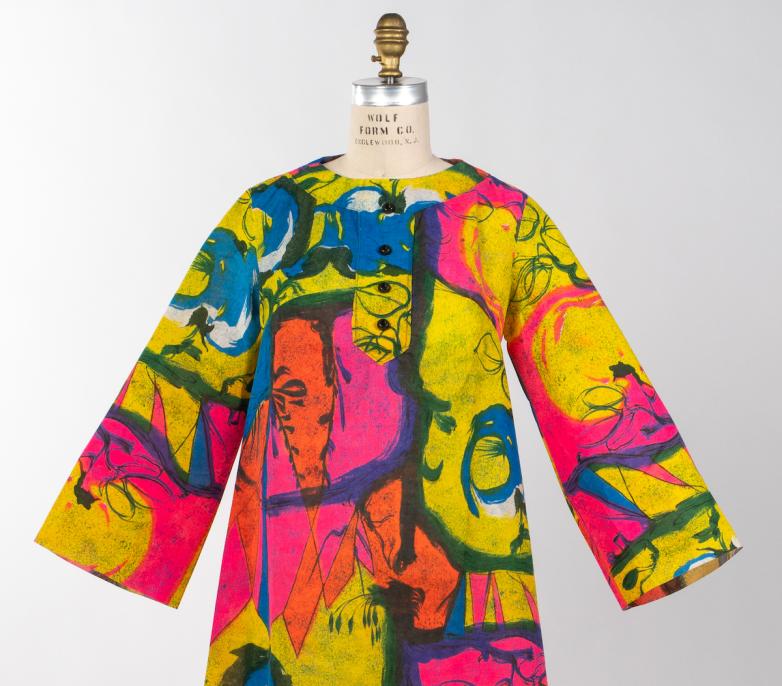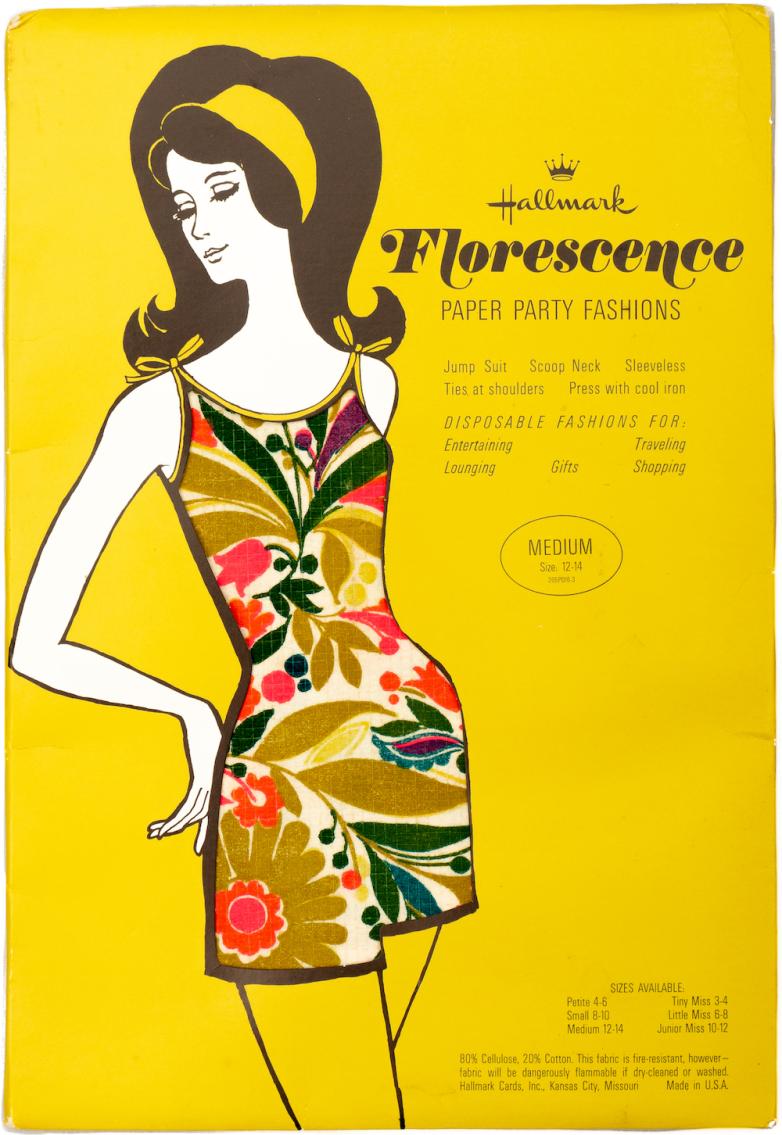“The fashion-design collection at Phoenix Art Museum is home to one of the leading collections of paper garments in the United States, and Generation Paper is a unique opportunity for museum visitors to experience these vibrant, fascinating, and imaginative designs,” said Mark Koenig, the Interim Sybil Harrington Director and CEO.
The exhibition is also meant to prompt reflection on issues like fast fashion and sustainability in the textile industry. “The exhibition encourages viewers to consider how fashion can sometimes be a playground for testing new technology and materials, a canvas for artists, and a whimsical experience for the wearer,” said Helen Jean, the museum’s Jacquie Dorrance Curator of Fashion Design, who curated the exhibition. “I hope everyone who explores our fashion-design galleries this winter are inspired to look at the impact their clothing choices make and consider a longer commitment to their wardrobe. Perhaps we will find a stronger connection to one another if we are less ‘fast’ with our fashion and less ‘throw-away’ with our culture.”
The exhibition remains on view through July 17, 2022.

















